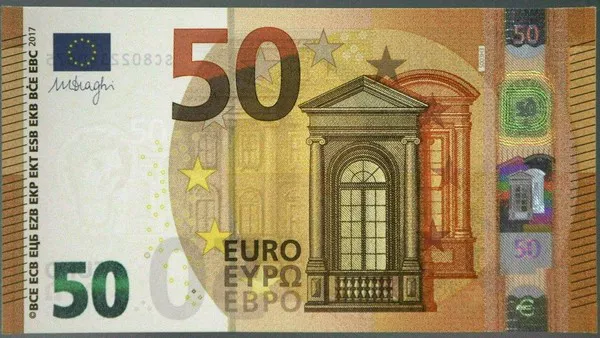The so-called traditional way refers to the transaction method generally adopted before the 1970s of the 20th century, which is relatively basic.
There are mainly swap transactions.
Spot foreign exchange transaction Spot foreign exchange transaction refers to the foreign exchange transaction that the buyer and the seller shall deliver within two business days after the transaction.
Spot foreign exchange transaction procedures generally include inquiry, quotation, transaction, confirmation, delivery of these five steps.
Foreign exchange spot transaction is the most basic and common foreign exchange transaction, which can meet the temporary capital demand of investors, avoid risks, and make profits by speculation.
2. Forward foreign Exchange transaction Forward foreign exchange transaction is a transaction method whereby both parties sign a foreign exchange contract in advance and agree to deliver the goods at a certain time in the future.
A foreign exchange contract includes the delivery date, amount, exchange rate, etc.
Forward foreign exchange transactions can meet the needs of different investors, for example, through the forward can carry out asset preservation, speculation, arbitrage trading and so on.
3. Swap transaction Swap transaction is a foreign exchange transaction in which an equal amount of the same currency is sold or bought at the same time when buying or selling a certain currency, but the delivery time of the buying and selling are different.
The purpose of swaps is to protect against currency fluctuations.



























